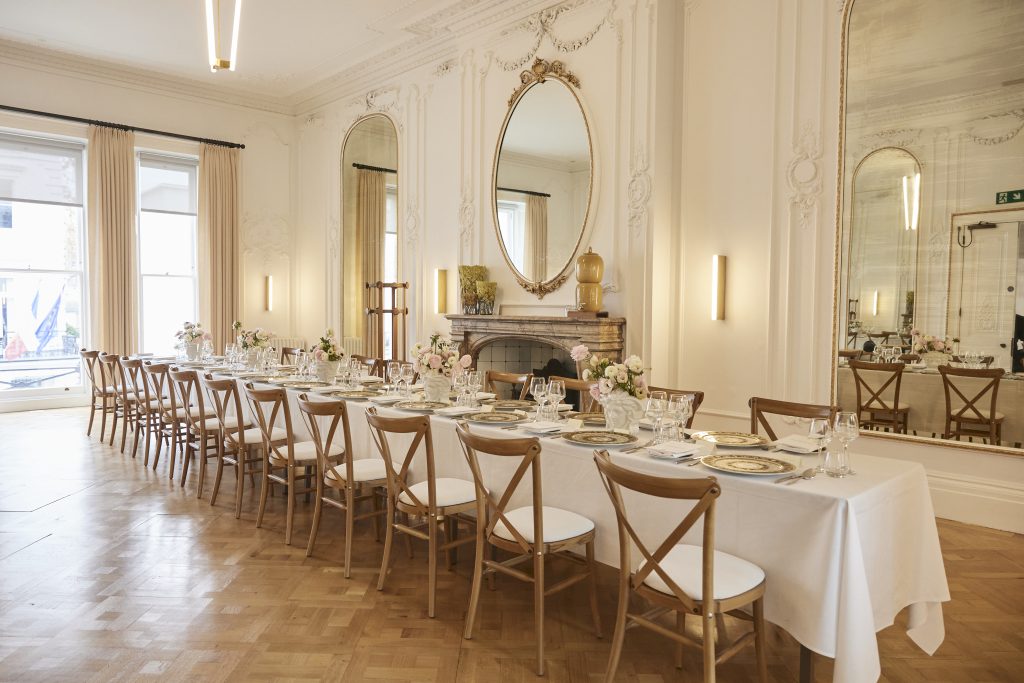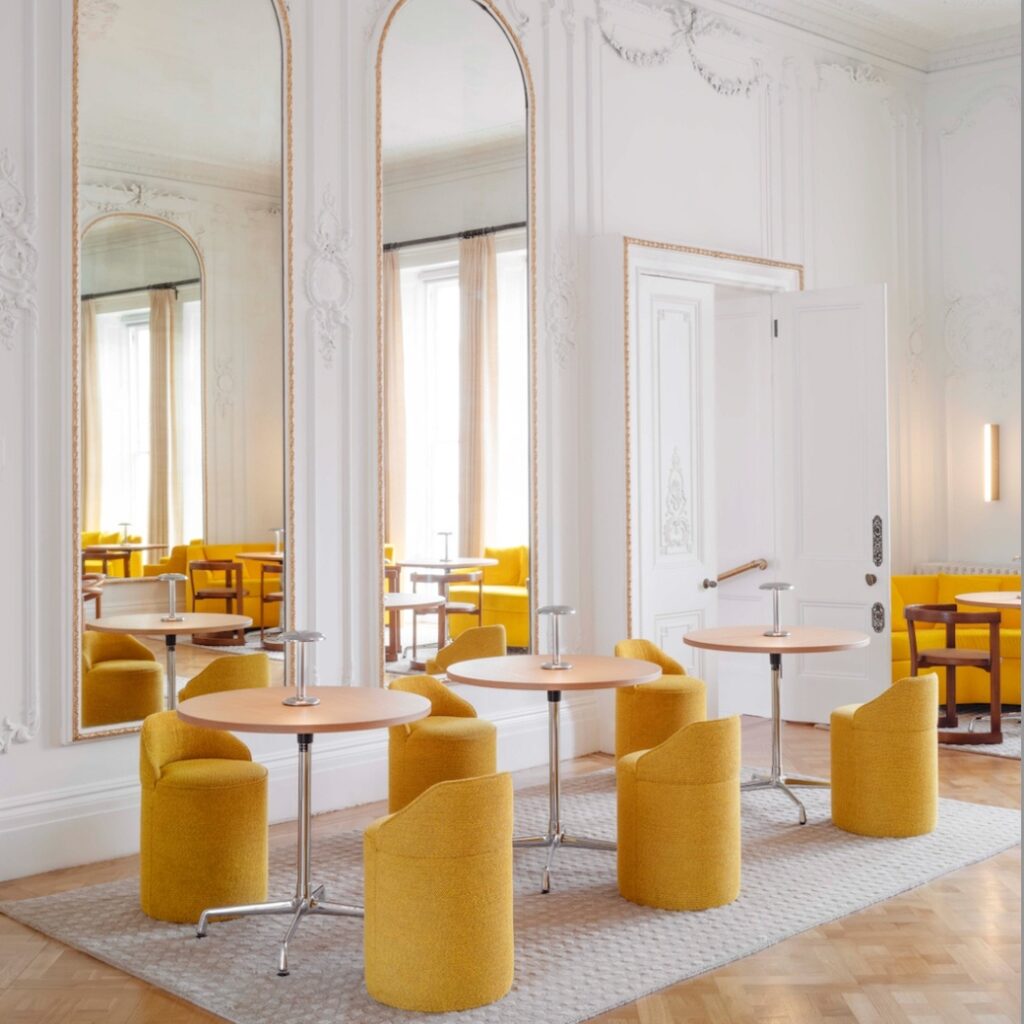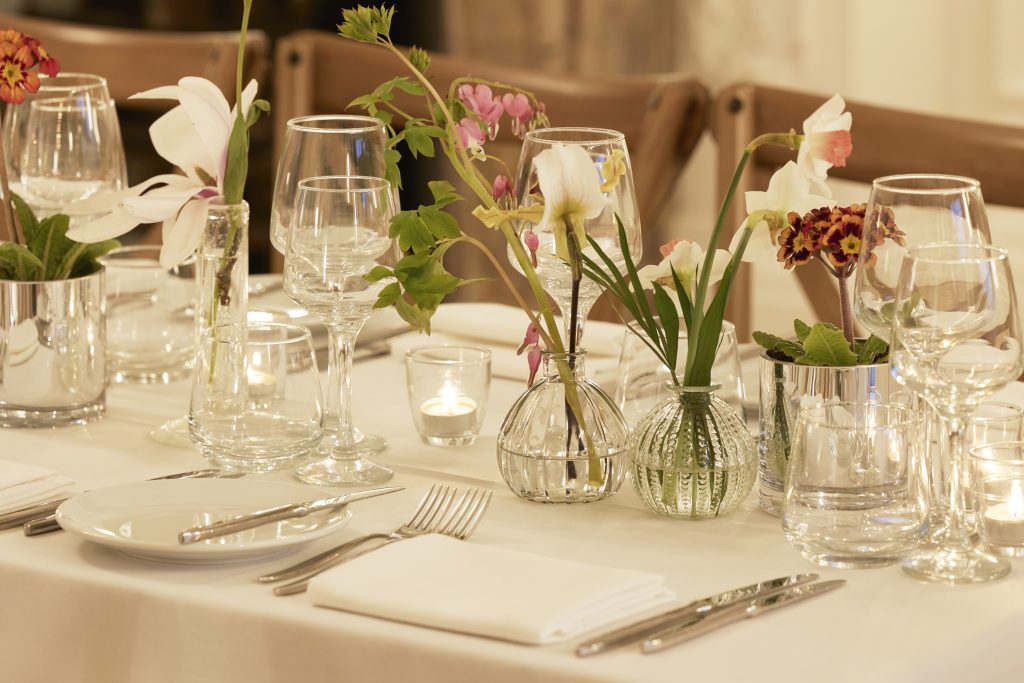Our experienced events team can assist with all of your needs from catering, florals, AV and guest list management. We are also happy for clients to hire the space and bring in their preferred suppliers. View our Events Brochure here.
Make an enquiry

Events
We accommodate a variety of events within our elegant Grade II-listed gallery spaces and modern Pavilion. From cocktail parties and dinners to launches and receptions, our spaces can hold both intimate and larger scale celebrations.
Cromwell Place Café
Open to all visitors, Cromwell Place Café offers a stylish space to meet, relax and enjoy great food and drink. The Café serves breakfast, lunch, and aperitivo from Tuesday – Sunday. The Café and Bar are available to hire for weddings, lunches, dinners and cocktail parties.


Weddings
Offering the charms of a heritage building with the comforts of a modern setting in central London, Cromwell Place is the perfect place to host your wedding. We can accommodate an intimate 20-person event to a larger stand-up reception for 200 people. Working with our chef and our hospitality teams, we can realise all aspects of your beautiful celebration – from room layouts to flowers, cakes and more.
